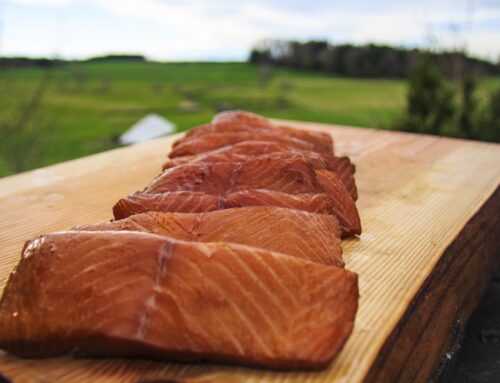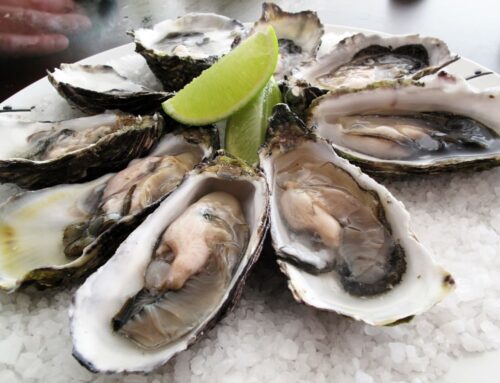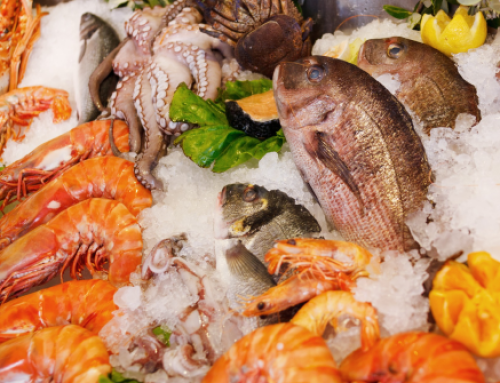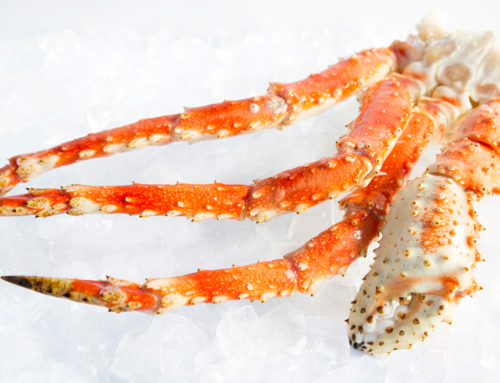Alternative “meats” have been on the rise in recent years. Now, the trend is expanding from the terrestrial to the oceanic. “Fishless fish,” or plant-based fish products, are popping up on shelves all over the world. But with the concomitant rise of tinned fish and the increasing trend of buying sustainable protein, will this craze be just a flash in the pan? Let’s examine this new product and all it entails.
What is fishless fish made of?
Plant-based fish is typically made of an alternative protein. In most cases, producers use rice protein. This creates a flaky, fish-like consistency. In other cases, companies use soy protein with added starch and oil to create more texture. It seems that plant-based fish products have fewer ingredients and added preservatives than plant-based meat, like those offered by Beyond Burger and Beyond Meat. For those wanting to test the waters of plant-based protein alternatives, this could be a friendlier option.
Is vegan fish healthy?
Because of the shorter ingredients and fewer chemicals, vegan fish is considered to be safer to eat than many plant-based meat options. Most products are based on pea, rice, and soy proteins and flavored with algae extracts.
Who is making fishless fish?
Many established meat alternative companies have made forays into the plant-based fish market. This includes Gardein, which has “fishless filets,” and Green Cuisine, which offers plant-based fish sticks. However, there are some newcomers to the space, like BlueNalu and Wildtype, which is financially backed by Leonardo DiCaprio.
Is vegan fish expensive?
Generally, plant-based fish is cheaper to buy than sustainable and wild-caught options. Shoppers should expect to pay between $4 and $7 for a 2-serving package of vegan fish.
Who wants this?
Consumer demand for plant-based fish products has been on the rise in recent years. Health concerns and environmental sustainability are the primary drivers of growth. Plus, adding plant-based fish options provides seafood-like foods to those who are sensitive to fish and shellfish.
Additionally, interest in veganism and vegetarianism has grown significantly. A recent study found that roughly 6 percent of Americans eat no fish or meat – up significantly from prior studies.
What’s the verdict?
We suspect that “fishless fish” will follow in the footsteps of “meatless meat.” As the public gains more awareness of the product, purchasing will go up. However, we think that these increasing purchases will be a result of novelty, not because it’s a sustainable source of protein. While some vegans and vegetarians may make fishless fish an ongoing part of their diet, most will see it as a fun thing to eat every few months.
Take note of our Affiliate Relationships that may exist with this page and companies listed on it.







